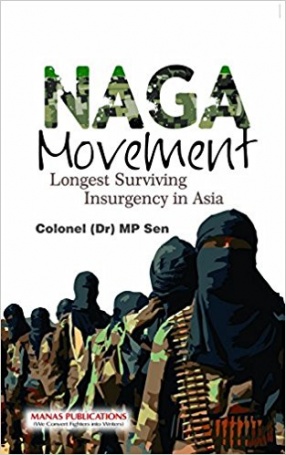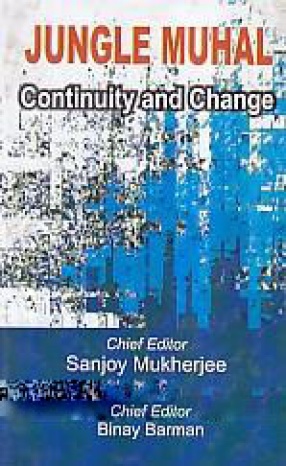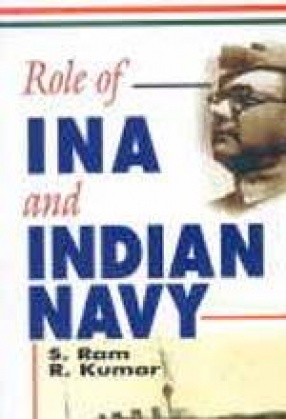The Nagas, an ethnic group (Indo-Mongoloid) consisting of various tribes and sub-tribes, inhabiting the landmass which is at the tri-junction of India, Tibet and Myanmar (Burma), had been at the loggerheads with the Government of India for a separate homeland since the day of Independence of India in 1947. The demand of handful of dissidents turned into a mass agitation and later it became the mother of all insurgency movements especially in the North-Eastern States of India. All the efforts made by the central leadership at the highest political level since then has borne partial success to resolve the conflict, yet far from over. Presently, this is the longest surviving insurgency in Asia.
The present book Naga Movement: Longest Surviving Insurgency in Asia is a backgrounder on the Naga People, Naga Imbroglio, Naga National Council, Era of Peace Initiatives, Shillong Accord to Framework Agreement, External Factors and Human Rights, Naga Memorandum to Simon Commission, Hydari Agreement 1947, Armed Forces (Special Powers) Act 1958, etc. The book has explored the genesis of ethno-political movements across Asia and then carried out an in-depth analysis to find an answer to this vexed problem. What if an agreement is signed between the government and a faction, the most potent one out of half a dozen of factions, despite constructive engagement of common Nagas, civil society and over-ground politicians? Will there be peace and how that can be achieved? Finally concluded with recommendations for its logical culmination. This book is extremely useful for policy-makers, Army officers, politicians, bureaucrats, researchers and academicians.





There are no reviews yet.